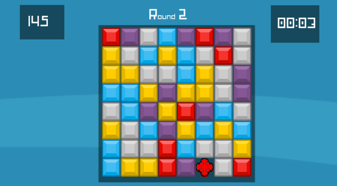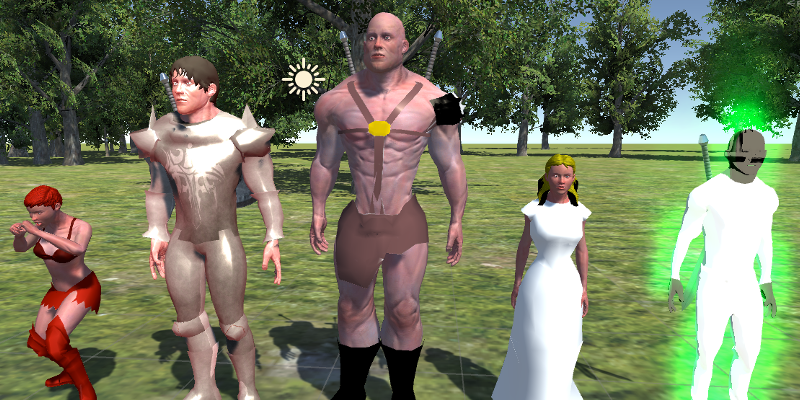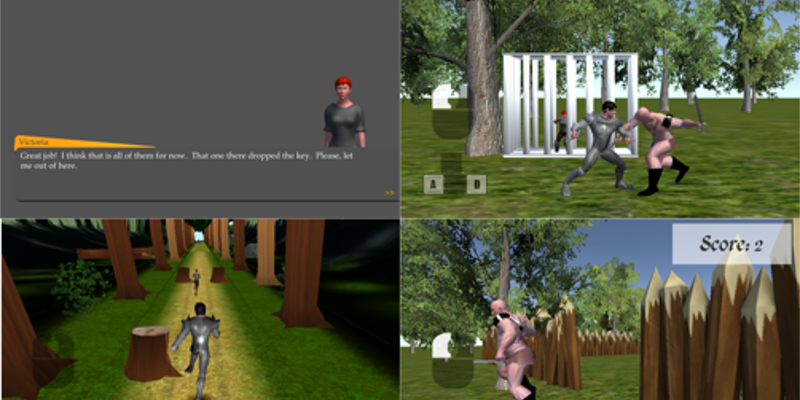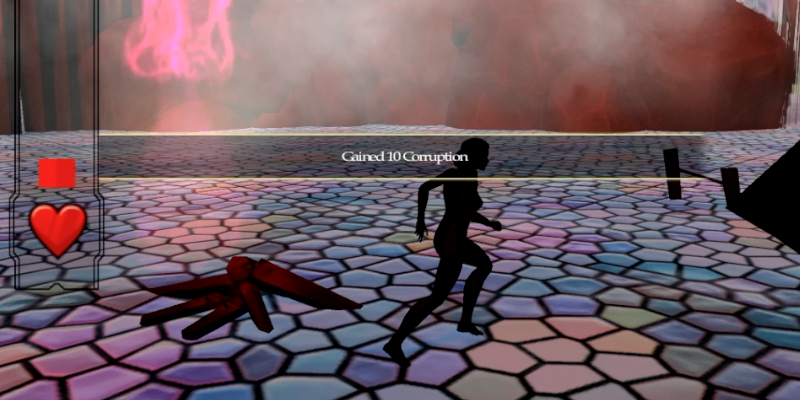Jason Bowey.
Writer and Developer.

Research Projects
Leaderboard Manipulation

Assessing and inducing player experience (pX) in games user research (GUR) is complicated because of the tradeoff between maintaining rigour through experimental control and having participants feel like they are engaged in play. To establish and evaluate an embedded method for inducing a sense of success or failure in participants during gameplay (e.g., to study how different players exhibit resilience to in-game failure), we manipulated leaderboard position in an experiment in which 155 participants played a Bejeweled clone. We show that manipulating success perception through leaderboards increases the player's perception of competence, autonomy, presence, enjoyment, and positive affect over manipulated failure. In addition, displaying the score enhances the effect on positive affect, autonomy and enjoyment, while not increasing detectability.
Sexist Beliefs and Player Experience

Research on sexism in digital games has suggested that women self-select out of playing sexist games; however, assuming a homogenous gender-based response does not account for the diversity of identities within a gender group. Gender-incongruent responses to recent events like #gamergate implies that the gender of the participant is not paramount to experience, but that their beliefs about gender roles are. To explore the role of sexist beliefs on experience in sexist games, we created three versions of a game that were identical except for the presence of sexist imagery and/or dialogue. We show that enjoyment of sexist games is not predicted by player gender, but by the player's pre-existing beliefs about gender. Furthermore, avatar identification is the pathway through which enjoyment is facilitated. Finally, sexist dialogue does not improve the play experience for anyone - rather it harms experience for players of all genders who do not hold sexist beliefs.
Narrative Prototyping

In game design, evaluation is important to do early and often; however, evaluating game narratives early in development is an open problem. We don’t know how the evaluation of a game narrative will be affected when it is experienced outside of the context of the game’s mechanics and graphics. In this paper, we test the plausibility of using a text-based narrative prototype, by evaluating player experience and narrative experience in two studies using different game genres. In both studies, we compare the narrative evaluation of low- and high-fidelity graphics, but in study 1 (N=78), we kept interaction mechanics intact, and in study 2 (N=124), we removed game interaction in the text prototype. We observed no significant differences in experiential measures or narrative engagement in either study, indicating that text-based narrative prototypes could be an effective playtesting tool for game studios to integrate into their development cycle early.
My Writing
The Threads of Time

Sententia is a world of never ending science and advancement. Computers of all shapes and sizes fill every waking moment of its citizens and menacing drones patrol the skies to keep the civilians in check. Underneath this shiny exterior lies a rough world filled with magic and intrigue, assassins and elves battling for true dominion over the world. When an ancient evil foe awakens to join the conflict, one man must rise to the challenge and become more than society, or even nature, was meant to allow.
The Clockwork Wizard

Long ago, in the Age of Darkness, the world was dying. In the world`s final hours, when things looked hopeless, The Architects came forth and remade the world, dispelling the darkness and bringing about an Age of Prosperity. In time, The Architects pushed their abilities too far, and their own autonomous creations turned against their creators resulting in a bloody war. With the Architects all but destroyed, their creations, The Giants, fled in an airship in search of some artifact of great importance, never to be seen again. A young man named Jack appears mysteriously on the Island of Neverland and nobody, not even Jack, knows his true purpose. Jack seems to have a mysterious connection to the Architects, and a mysterious figure known only as The Clockwork Wizard follows Jack, both in his dreams and through shadowy rumors. As his journey leads into the land of Camelot, Jack will learn the truth of what he is, and discover the true legacy of The Architects.